FIX: Icons Changed to Internet Explorer
When all icons in the Start Menu or on your desktop turn blank or change to a single, identical icon, such as Internet Explorer or Microsoft Word, it indicates a conflict with the IconCache.db file. This usually happens after the installation of software or an application that also disrupts the .lnk extension, which is the extension for shortcuts in Windows.
You might run into people saying that this is a virus, but fear not as this is simply not true. The issue is very simple and comes practically out of nowhere, and the solution for it is also very simple. What you can try before attempting any of the methods below is to reboot your device and see if it was a one-time issue. However, if it returns, it’s time to try something different.
To help you solve it, there are two things that you can try, and both of them have been proven to work for a fairly big user base, so one of them will definitely help you.
Method 1: Delete the .lnk key in the registry
Since the issue is with the .lnk extension, deleting its key in the registry will reset it back to normal the next time you boot your computer. Doing this is very easy, all you have to do is follow the steps below.
- Press the Windows and R keys simultaneously on your keyboard to open the Run.
- Type ‘regedit‘ in the box, and either click ‘OK‘ or press ‘Enter‘ on your keyboard.
- Once the Registry Editor opens, use the left side navigation pane to get to the following location:
HKEY_CURRENT_USER\Software\Microsoft\Windows\CurrentVersion\Explorer\FileExts\
- Once in the FileExts folder, find the .lnk subfolder and delete it. Close the Registry Editor.
- Reboot your device for the changes to take effect.
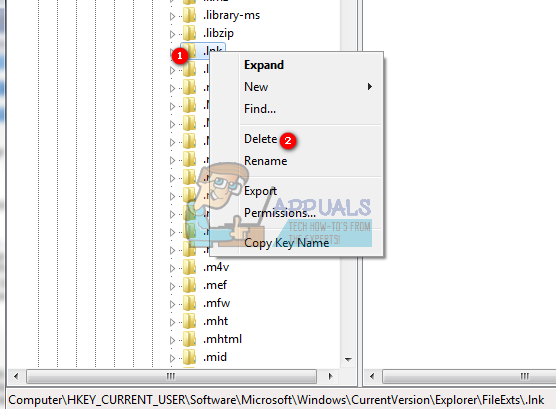
Method 2: Delete the IconCache.db file
If deleting the .lnk key from the Registry Editor didn’t help, you may try deleting the IconCache database file which will also reset any shortcut issues when you reboot. The steps you can use to do this are below.
- Close all folders that you have open.
- Press the Windows and R keys on your keyboard simultaneously. Then, in the Run window, type ‘taskmgr.exe‘. Press Enter on your keyboard, or click OK to open the Task Manager.
- Switch to the Processes tab, and locate explorer.exe. Right-click it, and choose End Process. When asked for confirmation, click End Process.
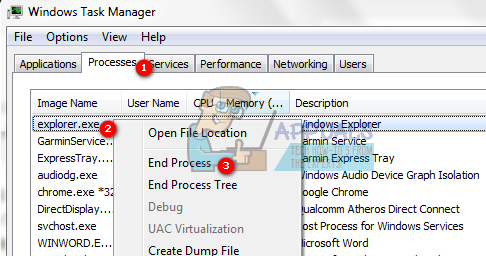
- From the File menu on the menu bar in the Task Manager, select New Task (Run…).

- Type in cmd.exe and click OK or press Enter.
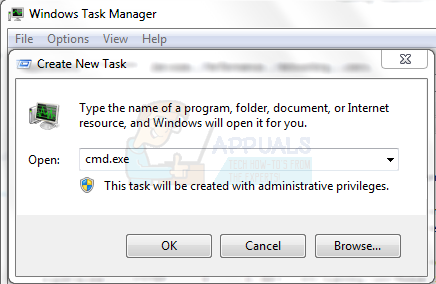
- Once you’re inside the Command Prompt, you will need to type in a few commands. Make sure to press Enter on your keyboard after each command to execute them.
CD /d %userprofile%\AppData\Local
DEL IconCache.db /a
EXIT
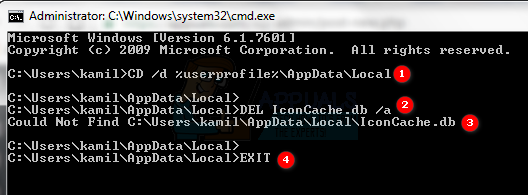
- Go back to the Task Manager, and click File from the menu bar, then New Task (Run…).
- Type in explorer.exe to restart the process and click OK.
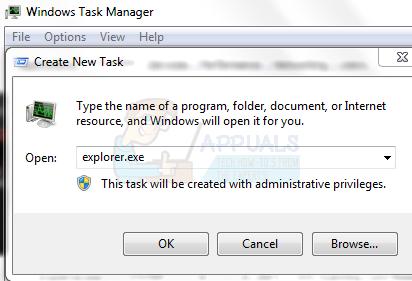
- Reboot your computer.
This issue has appeared most commonly for users of Windows 7, however other versions of Microsoft’s operating system aren’t excluded. The steps to solving the issue are easy, and by following the aforementioned methods you will have your icons back to normal in no time.